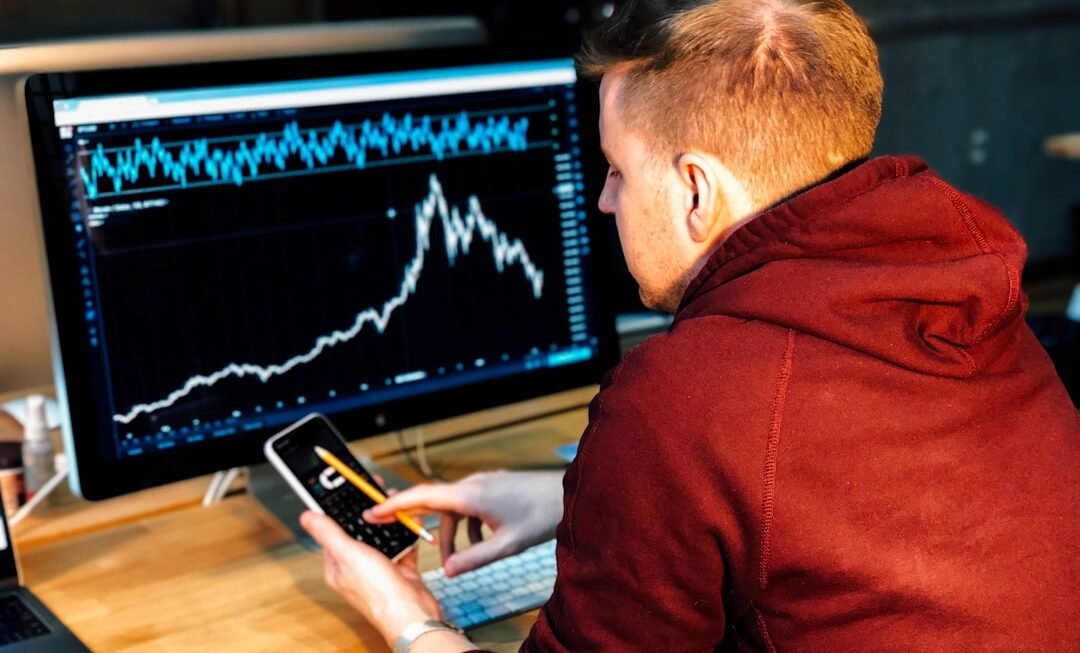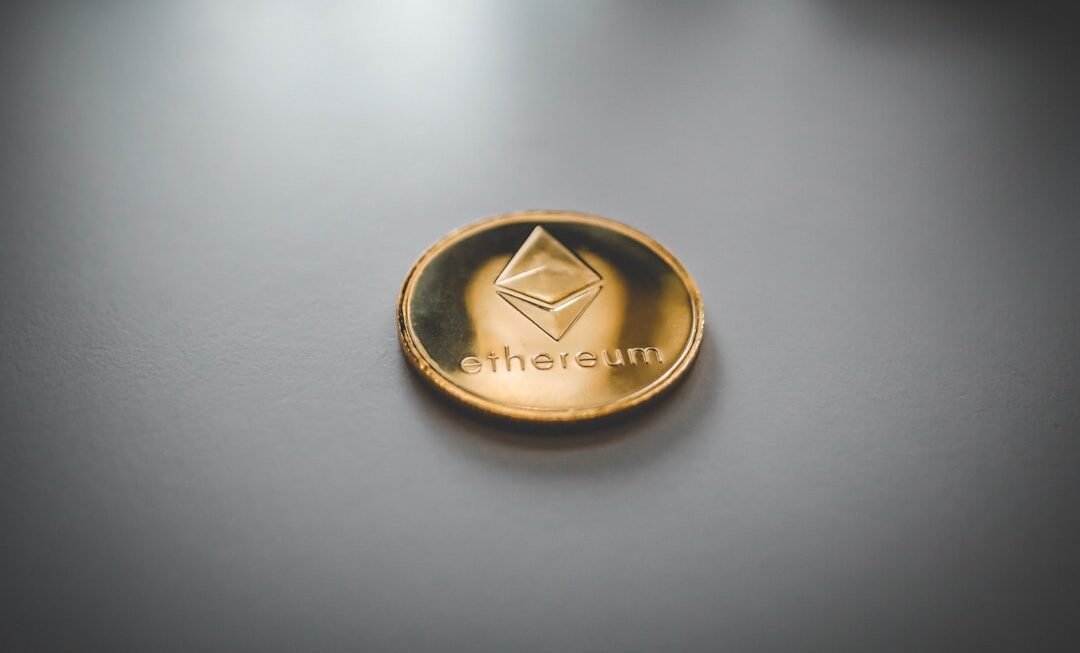Non-fungible tokens, commonly referred to as NFTs, represent a revolutionary shift in the way we perceive ownership and value in the digital realm. Unlike cryptocurrencies such as Bitcoin or Ethereum, which are fungible and can be exchanged on a one-to-one basis, NFTs are unique digital assets that cannot be replicated or exchanged on an equal basis. Each NFT is stored on a blockchain, a decentralised ledger that ensures the authenticity and provenance of the asset.
This technology allows for the creation of verifiable digital ownership, enabling artists, musicians, and creators to sell their work directly to consumers without the need for intermediaries. The uniqueness of each NFT is what gives it value; whether it’s a piece of digital art, a collectible card, or even virtual real estate, each token carries its own distinct characteristics that set it apart from others. The mechanics of NFTs hinge on smart contracts, which are self-executing contracts with the terms of the agreement directly written into code.
These contracts facilitate the transfer of ownership and ensure that creators can receive royalties from secondary sales, thus providing an ongoing revenue stream. The rise of NFTs has been particularly pronounced in the art world, where digital artists have found new avenues for monetisation and exposure. However, the appeal of NFTs extends far beyond art; they have permeated various sectors including gaming, music, and even sports memorabilia.
As more individuals and businesses recognise the potential of NFTs to create new forms of engagement and revenue, understanding their underlying technology and implications becomes increasingly essential.
Identifying High-Potential NFTs: Key Factors to Consider
When venturing into the world of NFTs, identifying high-potential assets is crucial for maximising returns on investment. One of the primary factors to consider is the reputation and track record of the creator or project behind the NFT. Established artists or brands with a history of successful releases often attract more attention and demand, which can drive up the value of their NFTs.
Additionally, examining the community surrounding a particular NFT project can provide insights into its potential longevity and success. A vibrant, engaged community often indicates a strong interest in the project, which can lead to increased demand and higher resale values. Another critical aspect to evaluate is the rarity and uniqueness of the NFT itself.
Many NFT projects incorporate varying levels of scarcity, with limited editions or one-of-a-kind pieces commanding higher prices. Understanding the supply dynamics within a project can help investors gauge potential future value. Furthermore, assessing the utility of an NFT—such as access to exclusive content, events, or experiences—can also enhance its desirability.
As the market continues to evolve, those who can discern these key factors will be better positioned to identify promising investment opportunities within the NFT landscape.
Researching NFT Projects: Where to Find Information and Assessing Potential
Thorough research is paramount when exploring NFT projects, as the landscape is rife with both opportunities and pitfalls. Numerous platforms and resources exist to help investors gather information about various projects. Websites like OpenSea and Rarible not only serve as marketplaces but also provide insights into trending collections and individual NFTs.
Social media platforms, particularly Twitter and Discord, have become vital hubs for NFT communities where creators share updates, engage with fans, and discuss upcoming releases. Engaging with these communities can offer invaluable insights into the sentiment surrounding a project and its potential trajectory. In addition to community engagement, it is essential to scrutinise the project’s roadmap and vision.
A well-defined roadmap outlines future developments and goals, providing potential investors with an understanding of where the project is headed. Transparency from creators regarding their intentions and plans can significantly influence investor confidence. Furthermore, examining past performance metrics—such as sales history and price trends—can offer clues about an NFT’s potential for appreciation.
By combining community insights with thorough analysis of project fundamentals, investors can make informed decisions that align with their financial goals.
Navigating NFT Marketplaces: How to Buy and Sell Digital Assets
Navigating NFT marketplaces requires a blend of technical know-how and strategic thinking. The most popular platforms for buying and selling NFTs include OpenSea, Rarible, and Foundation, each offering unique features and user experiences. To begin trading on these platforms, users typically need to set up a digital wallet compatible with Ethereum or other blockchain networks that support NFTs.
Once the wallet is established and funded with cryptocurrency, users can explore various collections and listings. It is advisable to familiarise oneself with the marketplace’s interface and tools to streamline the buying process. Selling NFTs involves a similar process but requires additional considerations regarding pricing strategies and marketing efforts.
Creators must determine whether to set a fixed price or opt for an auction format, each having its own advantages depending on market demand. Effective marketing plays a crucial role in attracting potential buyers; leveraging social media channels and engaging with relevant communities can significantly enhance visibility. Additionally, understanding gas fees—transaction costs associated with blockchain operations—is essential for both buyers and sellers to ensure that they are not caught off guard by unexpected expenses during transactions.
Evaluating NFT Investment Opportunities: Risks and Rewards
Investing in NFTs presents a unique set of risks and rewards that must be carefully weighed before diving into this burgeoning market. On one hand, the potential for substantial returns is enticing; early adopters of popular projects have seen their investments multiply exponentially as demand surged. The ability to own unique digital assets that may appreciate over time adds an exciting dimension to traditional investment strategies.
However, this potential for profit is accompanied by significant volatility; prices can fluctuate dramatically based on market trends, speculation, and broader economic factors. Moreover, the NFT space is still relatively nascent, which means that regulatory frameworks are evolving and may impact future investments. Investors must remain vigilant about potential scams or fraudulent projects that could lead to financial losses.
Conducting thorough due diligence—researching creators, understanding market dynamics, and staying informed about industry developments—can mitigate some of these risks. Ultimately, a balanced approach that considers both the allure of high returns and the inherent uncertainties will serve investors well in navigating this complex landscape.
Staying Informed: Keeping Up with NFT Trends and Developments
In an ever-evolving market like NFTs, staying informed about trends and developments is crucial for making sound investment decisions. The rapid pace at which new projects emerge means that investors must continuously educate themselves about shifts in consumer preferences, technological advancements, and regulatory changes. Subscribing to industry newsletters, following influential figures on social media platforms, and participating in online forums can provide valuable insights into emerging trends that may impact the NFT landscape.
Additionally, attending virtual conferences or webinars focused on blockchain technology and NFTs can enhance one’s understanding of the market dynamics at play. These events often feature discussions from industry leaders who share their perspectives on future developments and opportunities within the space. By actively engaging with educational resources and networking with other enthusiasts, investors can position themselves at the forefront of this dynamic market while making informed decisions based on current trends.
Building a Diverse NFT Portfolio: Tips for Successful NFT Trading
Creating a diverse NFT portfolio is akin to traditional investment strategies where diversification helps mitigate risk while maximising potential returns. Investors should consider allocating their resources across various categories within the NFT space—such as art, music, gaming assets, virtual real estate, and collectibles—to spread risk effectively. This approach not only protects against downturns in specific sectors but also allows investors to capitalise on different trends as they emerge.
Moreover, it is essential to regularly reassess one’s portfolio in light of market changes and personal financial goals. Keeping track of performance metrics for each asset can help identify underperforming investments that may need to be sold or re-evaluated. Engaging with communities related to specific projects can also provide insights into upcoming developments that may affect asset values.
By maintaining a proactive approach to portfolio management while embracing diversification strategies, investors can navigate the complexities of the NFT market with greater confidence and success.












